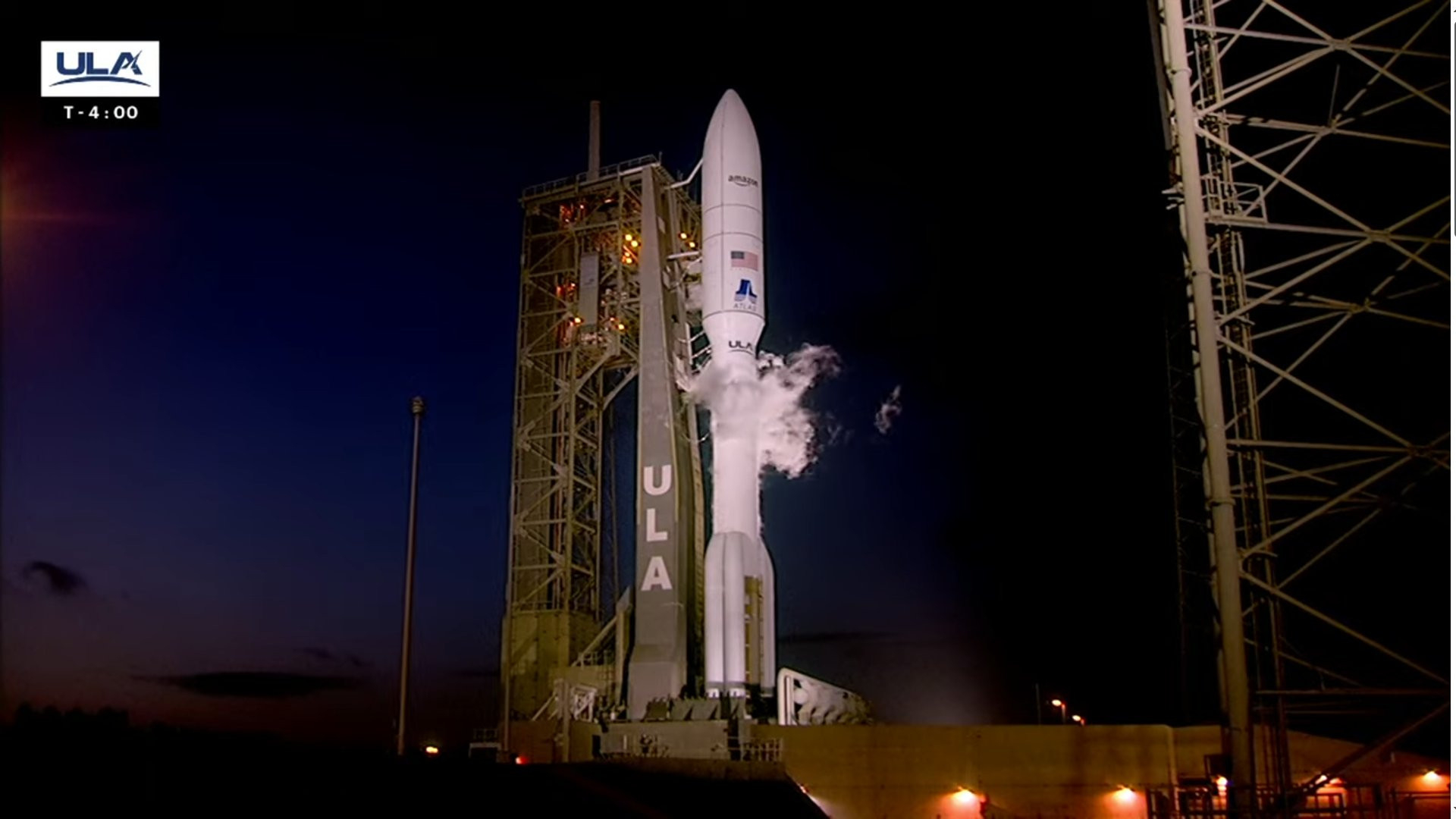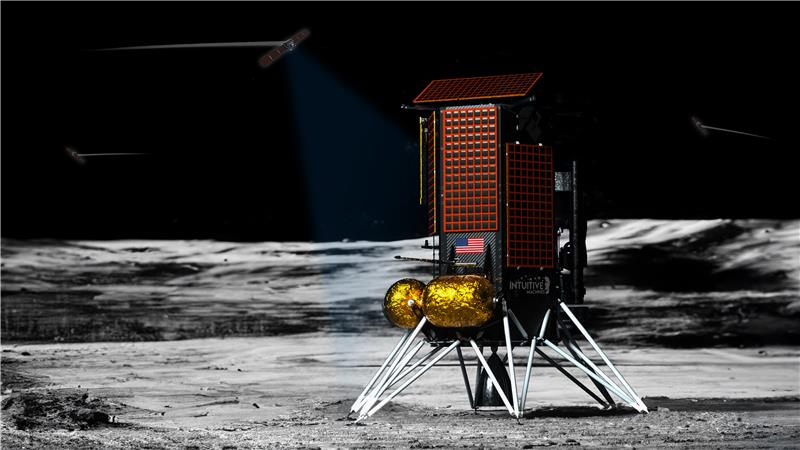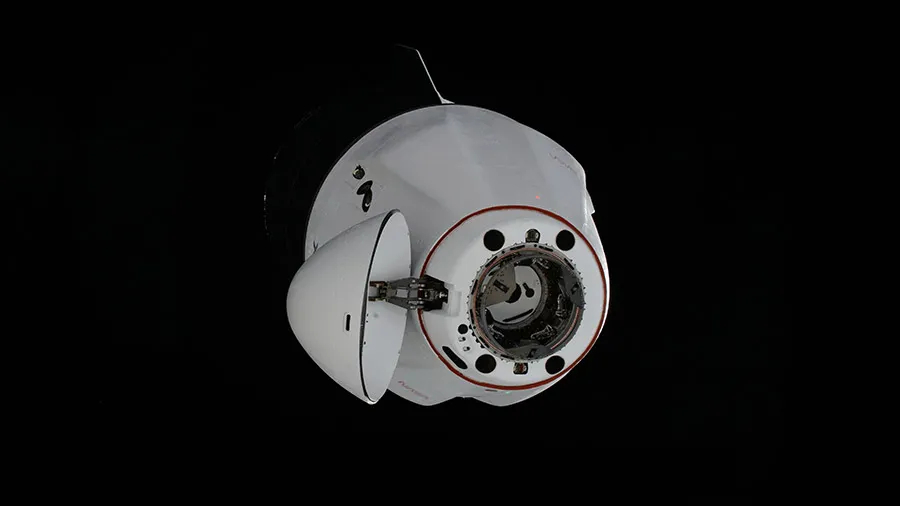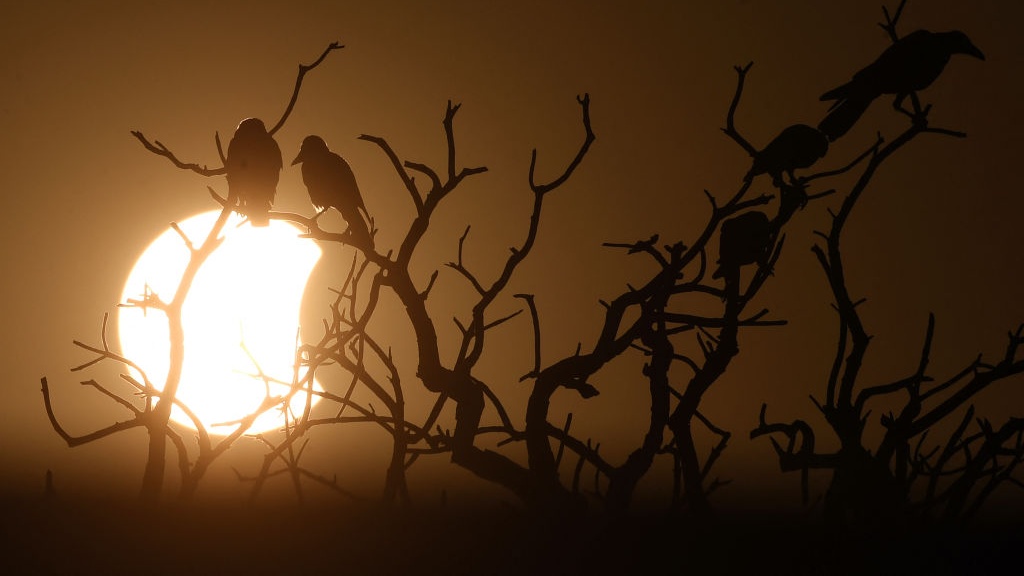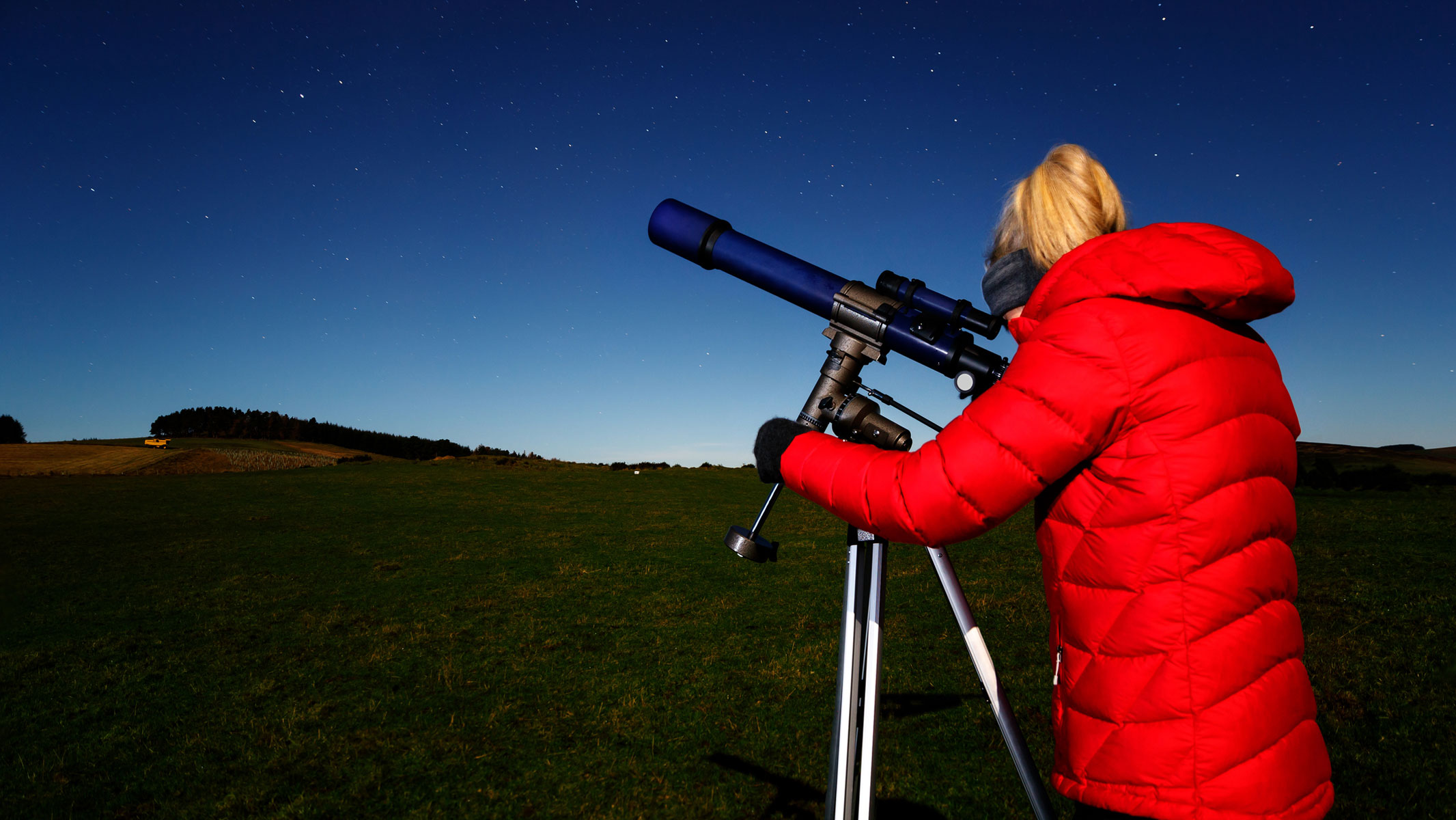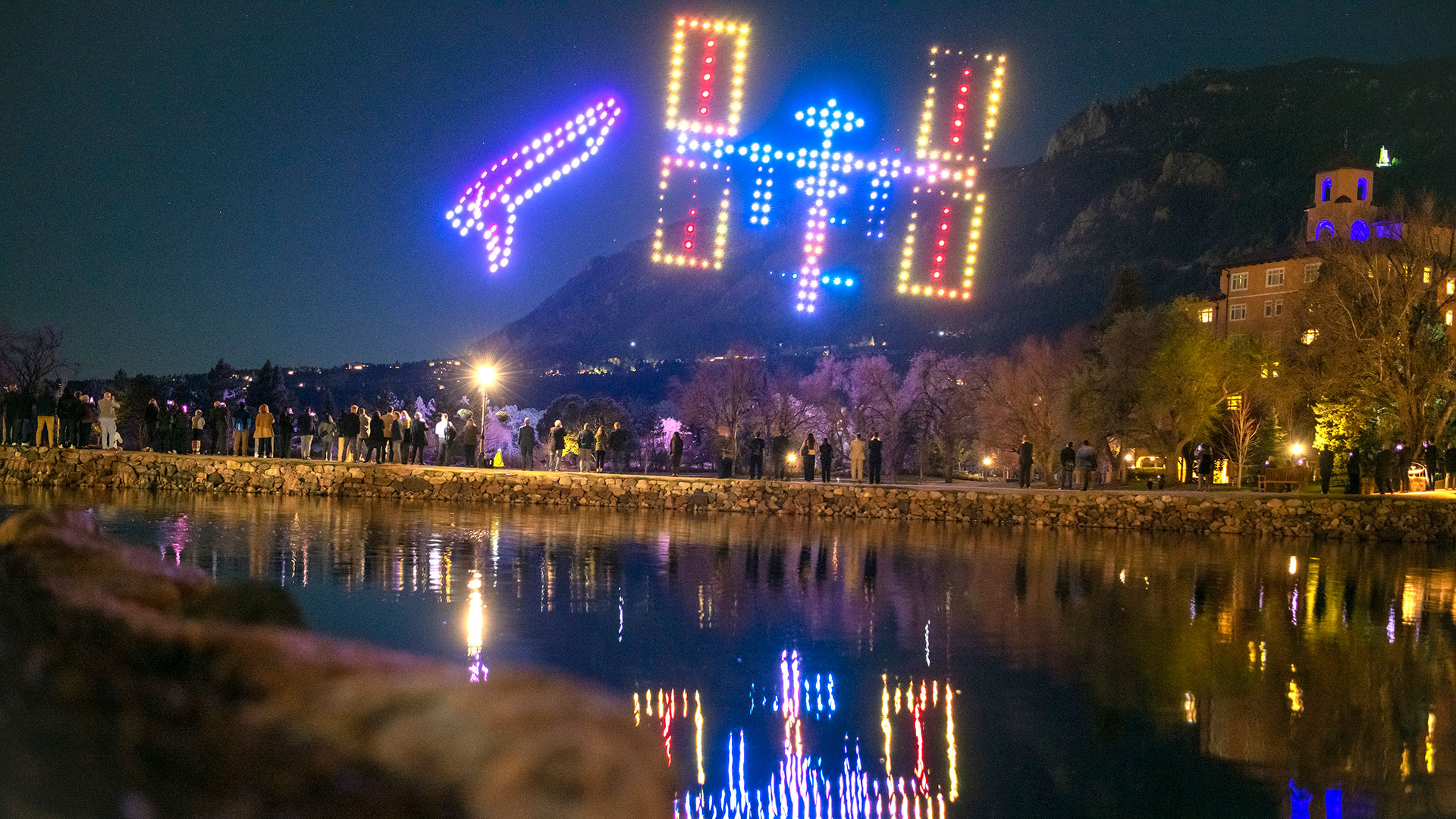This black hole is devouring a dying star — but it only feasts once a month
The week-long shredding offers a long-sought missing link between very rapid and once-a-year disruption events, astronomers say.
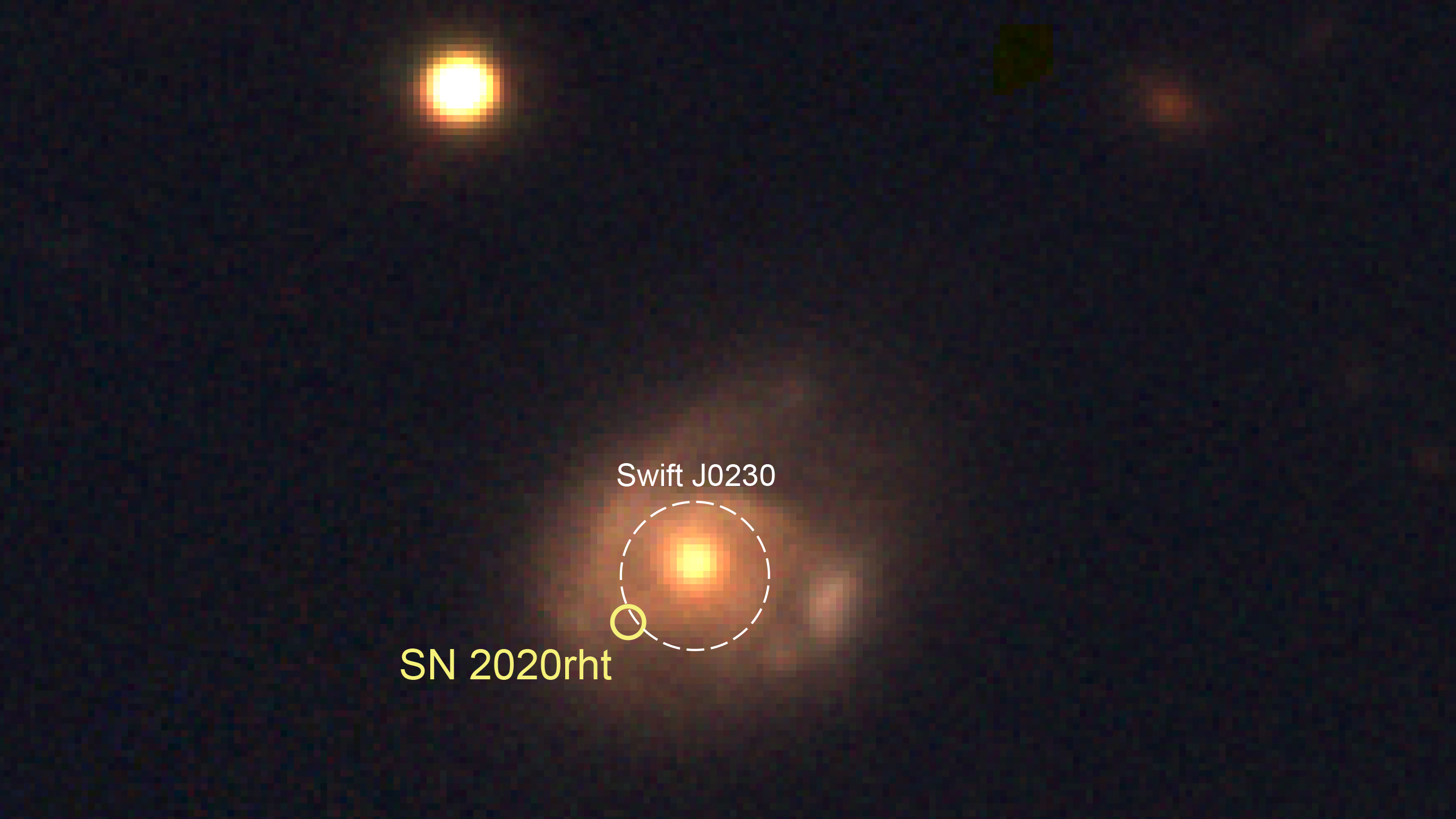
It appears the cosmos is equipped with light switches of its own.
Some 500 million light-years away, an unfortunate star the size of our sun is being sucked into a tiny black hole a week at a time — and astronomers stumbled upon this situation because they noticed brilliant flashes accompanying the event. These flashes appear to erupt when star matter is being devoured by a black hole, then shine brightly for seven to 10 days before coming to an abrupt halt, much like flicking a light switch. Close to a month later, the black hole has a go at the star again.
First recorded in June 2022 by a space telescope called the Neil Gehrels Swift Observatory, these observations show the star, a white dwarf named Swift J0230, shedding mass parallel to three times that of Earth each time it passes close to the black hole. Astronomers call this process a tidal disruption event, only 100 or so of which are known.
Related: Black hole shreds star in a cosmic feeding frenzy that has astronomers thrilled
It is not uncommon for stars to only be partially shredded by black holes in this way — previous research indicates such half-deaths could even be more common than demolished ones — but past outbursts either occurred every few hours or once a year. The team's new observations provide a sweet middle.
"Swift J0230 is an exciting addition to the class of partially-disrupted stars as it shows us that the two classes of these objects already found are really connected, with our new system giving us the missing link," Rob Eyles-Ferris, a research associate at the University of Leicester in the U.K., said in a statement.
The team calls Swift J0230 a "serendipitous discovery," as previous observations between December 2021 and January 2022 did not sniff out the disruptive event. After an initial detection in June, regular observations of Swift J0230 revealed a rapid drop in the star's brightness on the fourth day. According to the new study, that's the point at which it dimmed by a factor of 20 in just 57 kiloseconds (15.8 hours) according to the new study. Shortly after, the star became elusive to telescope observations.
Get the Space.com Newsletter
Breaking space news, the latest updates on rocket launches, skywatching events and more!
The team's best guess for Swift J0230's location is close to the center of the galaxy, as one might expect because that's where black holes typically reside. However, it's notable that the spot suspected to hold the star also coincides with the location of a Type-II supernova discovered in 2020. While the team does not completely rule out the possibility that what they're looking at is actually a star explosion, "it is difficult to see how a supernova could have evolved into the object that we have detected," researchers write in their new study.
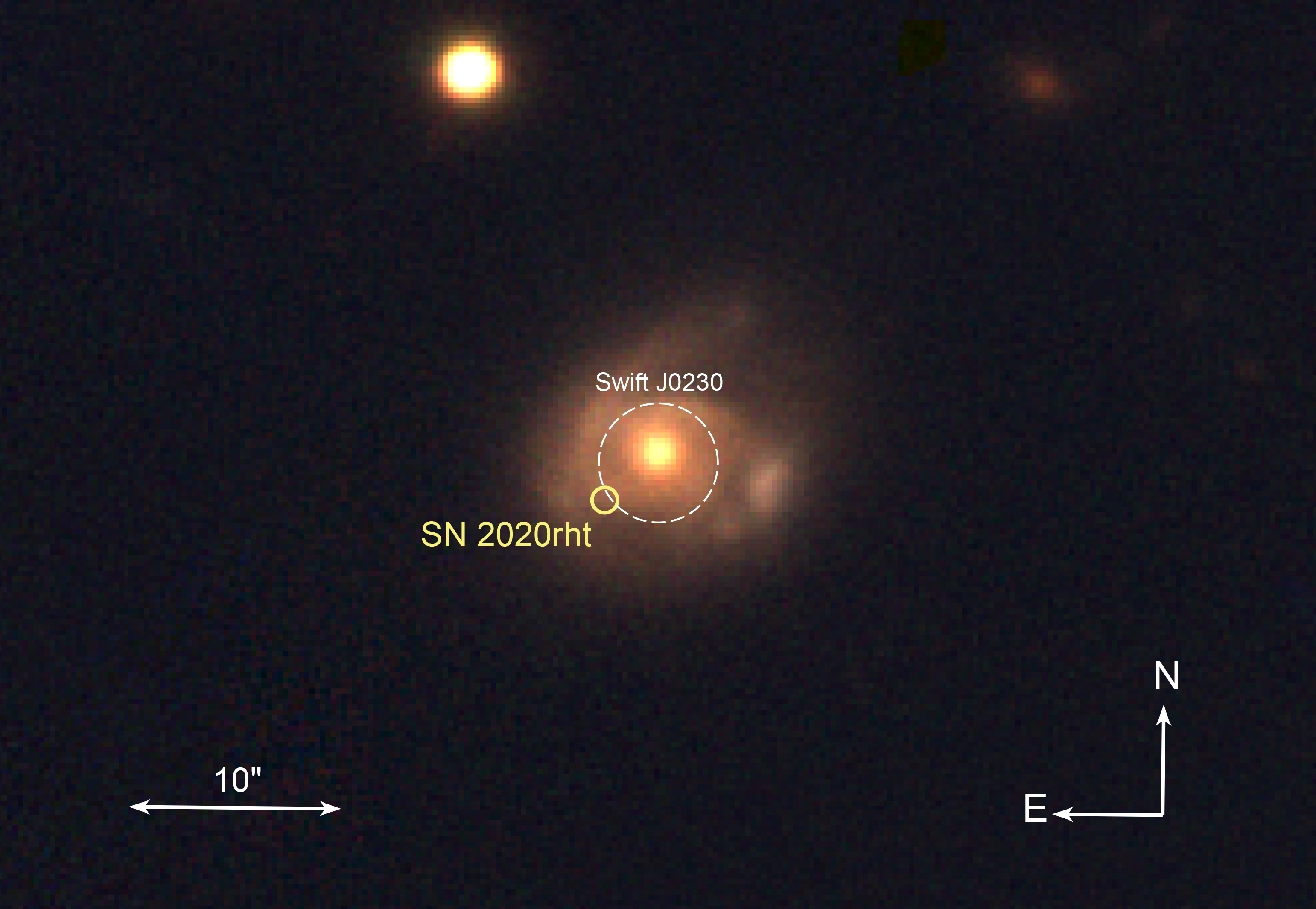
The black hole part of this equation resides at the center of a galaxy named 2MASX J02301709+2836050, a small one with a mass of about 10,000 to 100,000 times the sun. In comparison, the supermassive black hole at the center of our Milky Way galaxy is over 4 million times more massive than our sun, and many others lurking in the depths of space host something like 100 million times the sun's mass.
The new study, which marks the first time a star the size of our sun has been shred apart, shows how relatively tiny black holes are hungry cosmic monsters. However, why this particular void is only partially disrupting the star is not very well understood.
Much of the current research about disruptive events focuses on a star's distance from a black hole as the main determinator of the extent to which the star is shredded. To learn more, a different team of astronomers had used a supercomputer in 2021 to simulate how eight different types of stars are distorted when they venture close to a supermassive black hole.
Their results showed that the initial density of the stars is also a significant contributor, and that partial disruptions play "a significant, but previously neglected" role in stellar deaths and can "whittle down formerly massive stars before they are completely disrupted."
Swift J0230 seems to be headed toward a similar fate.
This research is described in a paper published Sept. 7 in the journal Nature Astronomy.
Join our Space Forums to keep talking space on the latest missions, night sky and more! And if you have a news tip, correction or comment, let us know at: community@space.com.

Sharmila Kuthunur is a Seattle-based science journalist focusing on astronomy and space exploration. Her work has also appeared in Scientific American, Astronomy and Live Science, among other publications. She has earned a master's degree in journalism from Northeastern University in Boston. Follow her on BlueSky @skuthunur.bsky.social
